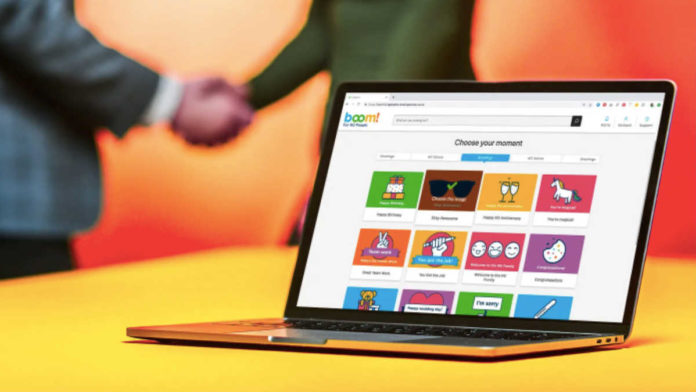
While the idea of engagement has permeated HR discussions—and a wave of HCM tech products—for the last several years, many employers approach their efforts with a tactical mindset rather than a strategic one, often limiting the positive impact engagement can have on business results.
That’s our takeaway from a report by industry analyst Josh Bersin and engagement platform provider Reward Gateway. While Reward Gateway—whose approach relies heavily on rewards—obviously has skin in this game, the report’s worth reading because of the way it connects recognition and rewards to business strategy and results.
Report: Many employers approach recognition with a tactical mindset rather than one of "strategic recognition," limiting their impact on business results. @RewardGateway @Josh_Bersin #HR #HRTech #Rewards Share on XBusiness spends more than $2 billion a year on engagement solutions, the report said, and in 2018 Gallup reported that 34 percent of U.S. workers called themselves actively engaged, up from 28 percent during the recession and the highest level ever reached. Still, some 66 percent of employees remain disengaged and 1 in 8 are “so unhappy they might undermine your company.”
Whether that’s because $2 billion isn’t enough or employers aren’t using the money effectively isn’t clear. However, the report contends that thinking about rewards, business goals and business values at the same time can significantly impact how satisfied workers are with their life on the job.
Aligning the Workforce and Business
According to the report, a number of macro issues strongly influence the employee experience. These include organizational structure, workforce diversity, the distributed workforce and meaningful work. However, the more individualized idea of person-to-person feedback between team members, managers and employees has a significant impact, as well.
Given the workings of human nature (or brain chemistry), the report observed. According to a study by the SaaS company Workboard, the top reasons employees feel demotivated are: they feel invisible or undervalued (43 percent), have a bad manager (43 percent) or feel a lack of recognition (40 percent).
To improve engagement, it’s important to improve the alignment of the workforce, business goals and business values. Bersin cites Deloitte research that found companies with “a clear sense of mission and purpose” achieve 30 percent more innovation and 40 percent higher employee retention rates.
How Strategic Recognition Differs
This is where the notion of “strategic recognition” comes in. But what’s the difference between strategic engagement and plain old engagement?
Non-strategic recognition is something that could be done at any company, no matter what its business model or business strategy. “While birthday celebrations and tenure awards are nice things to do, it’s hard to connect them to the values of a company,” Bersin writes. “In addition, [such events] may or may not occur frequently, which limits their ability to become culture drivers.”
Strategic recognition, on the other hand, lends itself to measurement, evaluation and change over time, and also directly links recognition to business goals.
Of course, developing a strategic recognition program takes work. Organizations must study their values and boil them down into language that everyone can understand. At the same time, it must those values to how employees approach their work. When that happens, workers connect the behavior of others to the business’s values. That helps them more easily recognize their colleagues in a way that is, in the end, strategic.
This is a long-term effort. To succeed, strategic recognition programs must be continually reinforced, social and visible, measurable and actively involve managers.
“As today’s workplace environment becomes increasingly automated, dispersed and diverse, employers need to do more to improve employee engagement,” Bersin said in a press release. “Strategic employee engagement and recognition programs, when developed properly, are significant drivers of the authentic engagement the modern workforce is expecting.”
Sign up for our newsletter here.
Image: Reward Gateway














